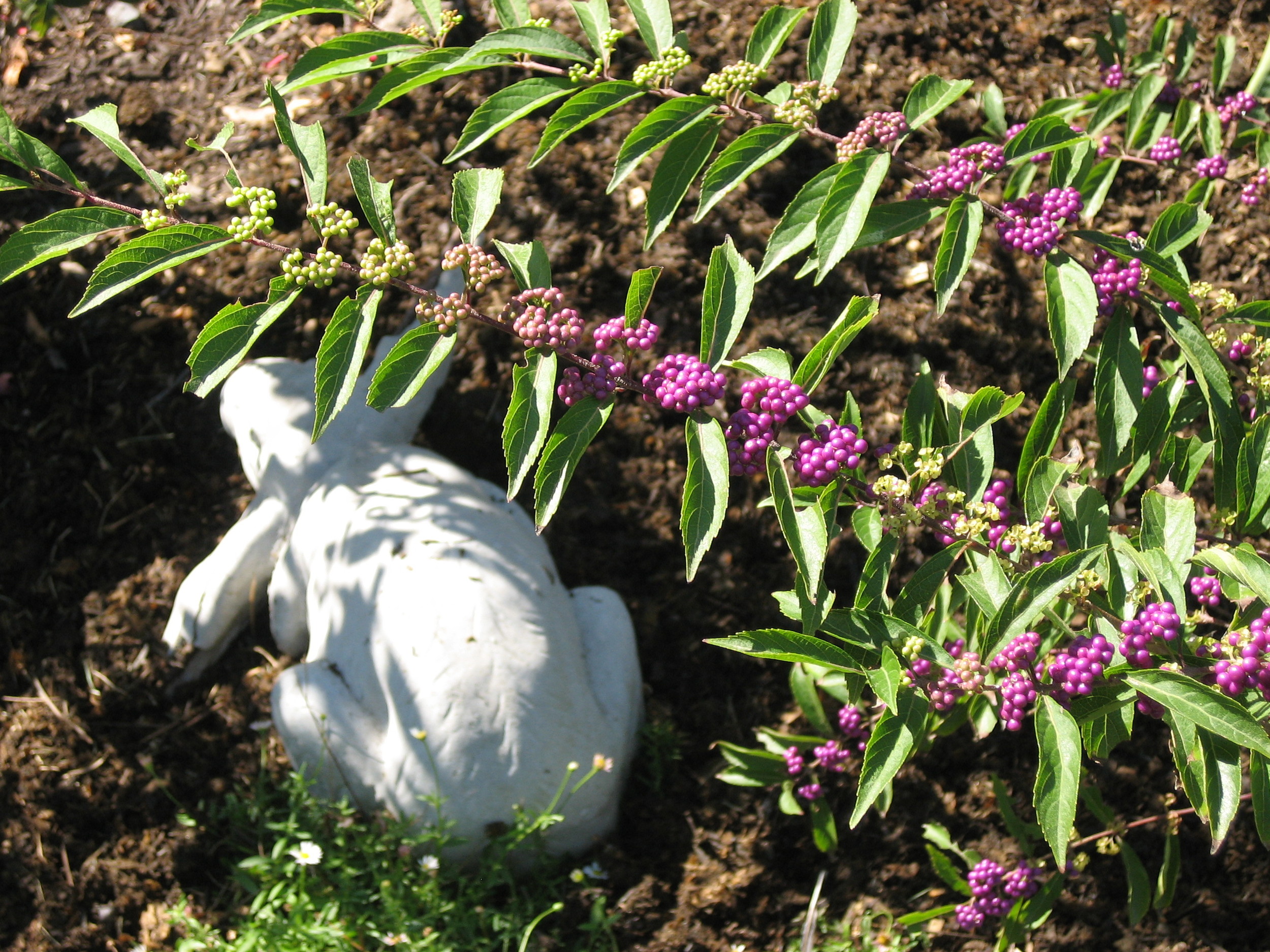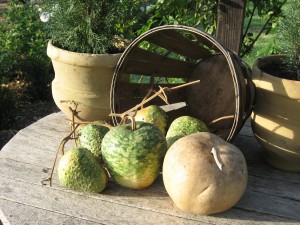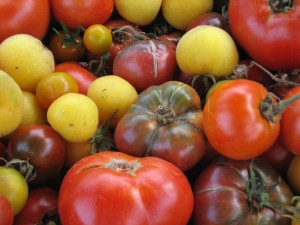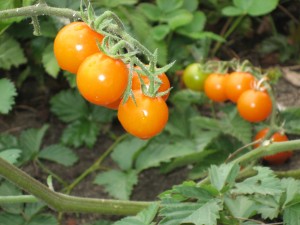 Approaching winter, it is hard to find plants that are beautiful and blooming in your garden. If you live in zone 5-9, I would suggest planting an "Early Amethyst" Beautyberry, Callicarpa bodnieri giraldii. It is a stunning deciduous shrub, that blooms tiny pink flowers in the summer, and beautiful tight clusters of violet fruit along it's arching branches in the winter.
Approaching winter, it is hard to find plants that are beautiful and blooming in your garden. If you live in zone 5-9, I would suggest planting an "Early Amethyst" Beautyberry, Callicarpa bodnieri giraldii. It is a stunning deciduous shrub, that blooms tiny pink flowers in the summer, and beautiful tight clusters of violet fruit along it's arching branches in the winter.
"Early Amethyst" Beautyberry usually grows in an upright fashion to 3-4', but can reach 6' high and 6' wide. It is a very graceful willowy plant which seems to dance in the light, and when coaxed by a subtle breeze. It prefers sun or light shade with regular watering. It's bloom and fruit occur in the current season's growth, so best to prune back by about 1/3 in late winter. It's violet-colored berries which appear in fall and winter can benefit from fertilizing this shrub monthly, during the spring and summer.
As seen in this photo, I have just placed fresh mulch down around the base of my "Early Amethyst" Beautyberry, but I intend to plant a companion ground cover or low flowering perennial to add to it's drama. "Early Amethyst" Beautyberry is excellent for cutting and in flower arrangements.
Callicarpa bodnieri, Beautyberry is a native of western and central China. The species is named after Emile Marie Bodinier (1842-1901), a French missionary in China who was first to collect this shrub for introduction to Europe.
In your quest for more information on this stunning shrub, you might notice there are other species listed, American, Purple, and Japanese which have slightly different characteristics and optimal growing zones.
Initially, I was unfamiliar with the "Early Amethyst" Beautyberry and bought only one shrub, now I wish I had bought several. It is a very easy shrub to care for and it is so stunning, it always catches my eye when I am in my garden. My local source, Tom Piergrossi, said he might have more "Early Amethyst" Beautyberry available this coming spring 2009, www.tompiergrossi.con



